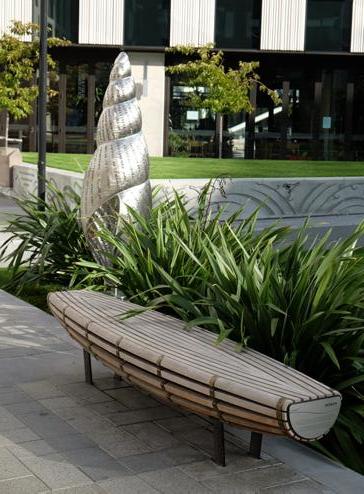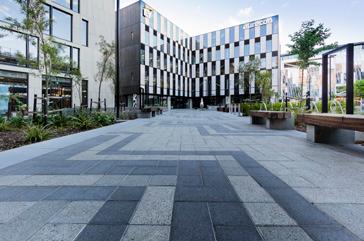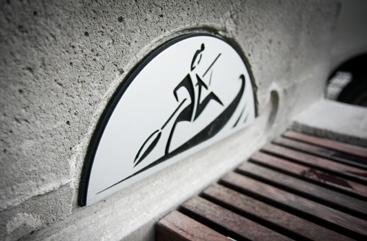
1 minute read
EVERGREEN




PRESENT PAST
Emily Hastie, Landscape Architect, Kamo Marsh Landscape Architects kamomarsh.co.nz When designing for the future of our heritage sites, the first step is always to look back.
Frequently our practice is asked to consult and design outdoor spaces for sites of historical significance or heritage buildings. These projects present us with a set of unique challenges, and it’s an incredibly satisfying part of our work as landscape architects.
Alongside the set of design principles that guide us on any project, a heritage site requires us to understand and honour the cultural significance of the previous land use and the former inhabitants. Respect for the site’s whakapapa and how the land was used becomes integral to the planning process.
Recently, we worked on a project to design Ngā Mara a Te Wera (the Garden of Te Wera), a courtyard area for the Pita Te Hori Centre in central Christchurch. The site was previously home to Christchurch’s central police headquarters and the old King Edward Barracks. The land is also near to the location of an early pā site. ALIGNING DESIGN WITH THE HERITAGE OF THE SITE
• Gain a complete understanding of the previous land use and the significance to the previous inhabitants. • Consult with the community and incorporate the feedback into the design. • Acknowledge the whakapapa of the site. • Use materials that naturally occur in the area, such as local stone. • Select plants that naturally occur in the area and are consistent with the natural environment. • Retain or replace mature trees or heirloom species. • Identify protected trees. • Acknowledge the space and the views that surround the historic site or buildings. • Design within the regulations of the
Council character areas.










